The breeding process in horse racing is a meticulously crafted endeavor that hinges on genetic potential. Breeders select mares based on performance records, emphasizing the importance of bloodlines. This careful pairing aims to merge desirable traits such as speed and stamina. Furthermore, the techniques employed in raising foals can significantly influence their future capabilities. Understanding these elements is vital to grasping the intricacies of producing elite racehorses. What further factors contribute to this complex system?
The Importance of Bloodlines in Horse Racing
Bloodlines serve as the foundational framework of horse racing, significantly influencing a horse’s performance potential and overall success on the racetrack.
Through meticulous bloodline selection and thorough pedigree analysis, breeders evaluate genetic traits that contribute to speed, stamina, and temperament.
This analytical approach ensures that optimal pairings are made, thereby enhancing the likelihood of producing exceptional racehorses capable of achieving notable victories.
Key Factors in the Breeding Process
When considering the breeding process in horse racing, several key factors emerge that significantly impact the outcome of a breeding program.
Effective breeding techniques are essential for optimizing genetic potential.
Additionally, mare selection plays a critical role; choosing mares with proven performance records and desirable traits can enhance the likelihood of producing successful offspring, ultimately influencing the quality and competitiveness of future racehorses.
See also: Horse Racing: An Insider’s Guide to the Sport
The Role of Genetics and Conformation
How do genetics and conformation intertwine to shape the future of racehorses?
Genetic traits significantly influence performance capabilities, while adherence to conformation standards ensures optimal physical attributes.
Breeders meticulously evaluate lineage, seeking desirable genetic combinations that enhance speed, stamina, and agility.
This scientific approach fosters the development of racehorses equipped to excel on the track, merging inherited qualities with structural integrity for competitive advantage.
Raising and Training the Next Generation of Racehorses
A well-structured approach to raising and training the next generation of racehorses is crucial for ensuring their future success on the track.
Optimal foal development involves meticulous nutrition and socialization, fostering both physical and mental growth.
Implementing advanced training techniques, such as progressive loading and interval work, enhances their athletic potential, preparing them for the rigorous demands of competitive racing.
Conclusion
In the grand theater of horse racing, where bloodlines reign supreme and conformation is worshipped like a deity, one must wonder if these equine athletes are merely products of meticulous matchmaking rather than athletes in their own right. With breeders playing the role of genetic architects, the outcome is a blend of science and art, leaving us to ponder: are we witnessing the pinnacle of equine evolution or simply a sophisticated game of genetic roulette? Only time—and the racetrack—will tell.
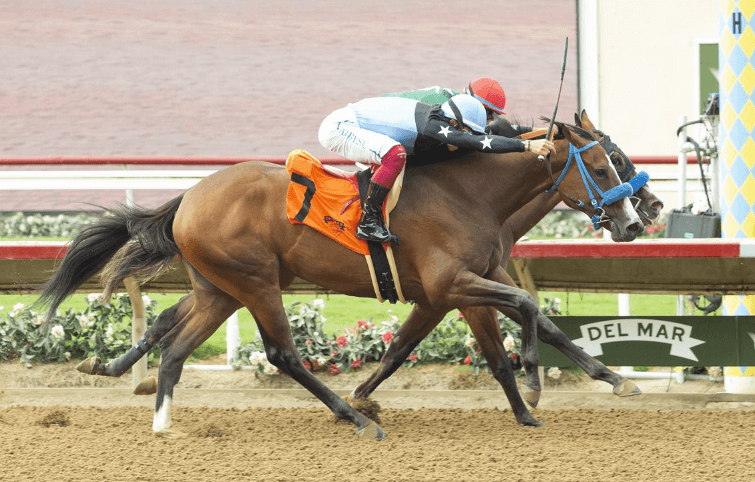
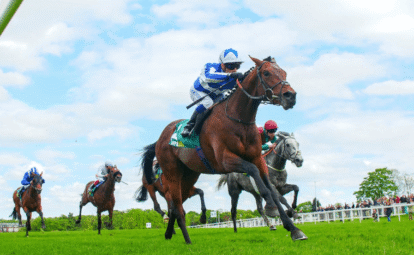
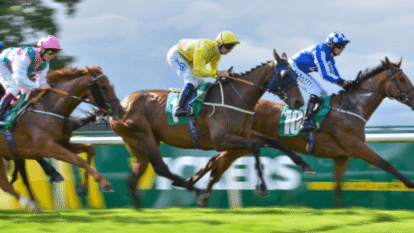
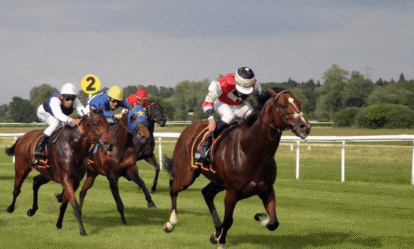
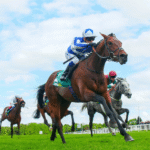 Horse Racing: An Overview of the Different Types of Tracks
Horse Racing: An Overview of the Different Types of Tracks